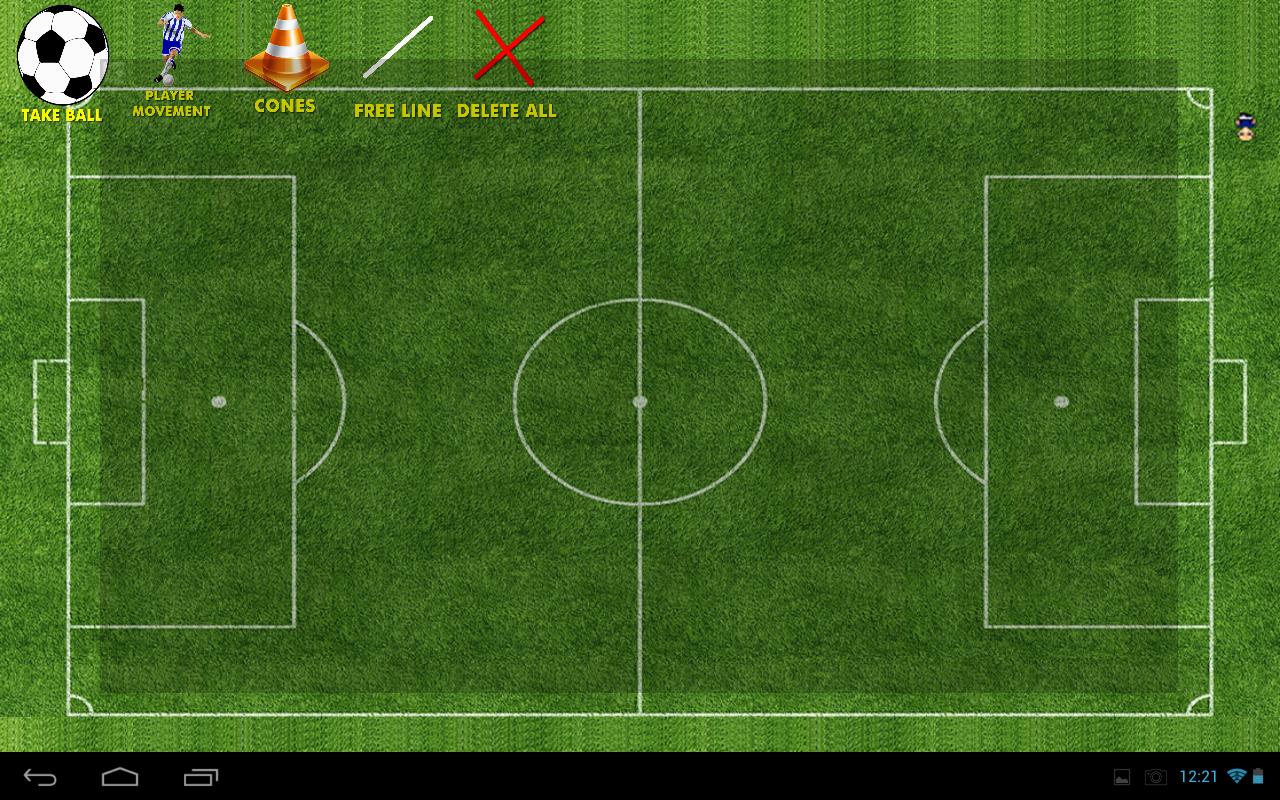
Why would clubs who are enjoying measurable success pressing the opposition into oblivion, winning the ball back high up the pitch in dangerous areas, and dominating possession as a fall out of this start to pressure less, and deeper?Īlready we have seen some various numbers and studies put out, one particular article from Tom Worville at The Athletic, showed us that every team in the Premier League except for Aston Villa was reducing their pressing intensity in the middle and final thirds. In addition to clubs shifting from high to mid, we may also see an increase in mid-blocks from clubs who typically defend in a low-block.

Not to say high-blocks will be history, more so that teams will be better at adjusting their block heights. Again, this is not revolutionary, more a shift in trends, but I foresee clubs going away from high-block, high-pressure approaches, and shifting to a more pragmatic mid-block, in addition to PPDA numbers rising (to be clear, I mean less pressures). The exciting part about this question is that there are really no right or wrong answers at this point, but here I will share mine. When I posted that opening question on Twitter, I received quite a few comments wondering what I thought. Just last year for example, Bayern Munchen won the UEFA Champions League while positioning their backline about as high up the pitch as possible, pressing at nearly every possible opportunity. High-pressing is a very viable, and often successful tactic, which is used by many of the world’s best team. High pressing therefore refers to the tactic of pushing the defensive block about as high up the pitch as possible, with the backline often positioning themselves around the midfield, and the attacking line often pushed up right to endline, while applying intense and aggressive pressure in attempt to regain possession. Not to be confused with counter-pressing, pressing consists of when the defensive block will begin to apply pressure to an already established opposition attack, in a geographical sense. One example of a recent “tactical evolution” would be the relatively recent shift towards high pressing.

Tactical trends come and go, and then often we will see them resurface again, granted with a few tweaks here and there. Most who analyze football will tend to agree that the game is cyclical. For those of you who do not know, the basic idea behind this episode is that every good idea has already been done previously. I always think of season 6, episode 7 of South Park when a coach believes they have come up with something “new” -something that has never been done before - the episode called Simpsons already did it. Coaches can sit around and discuss football tactics day in and day out, and perhaps they will come up with something new, however, implementing these concepts with any degree of success is a different story. It is widely accepted that at this point in football history, any unprecedented change in tactics will be as a result of a rule change. In this instance, I am not necessarily referring to something game breaking or revolutionary more of a trend. While I do not think these particular responses are wrong (in the era of Pep Guardiola, we are seeing more and more coaches and clubs attempt to build an identity revolving around similar game models), I have a different notion.ĭefining “tactical evolution” is probably an appropriate place to begin, as this is most likely quite vague, and open to a variety of interpretations. Not only were most of the concepts centered on in possession tactics, more specifically, most of them dealt with ideas around positional play and positional fluidity. A very large majority revolved around tactical concepts team might utilize when in possession, and very few touched on potential out of possession concepts. What was interesting about these replies was how similar many of the responses were. The tweet had a fairly decent response, with over 100 replies.
.png)
Recently, I posed the question on Twitter “What do you think the next big tactical evolution in football will be?”.


 0 kommentar(er)
0 kommentar(er)
